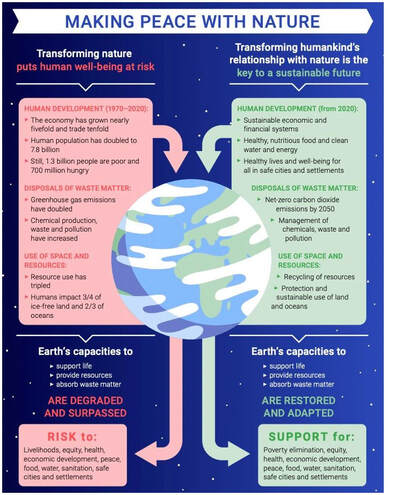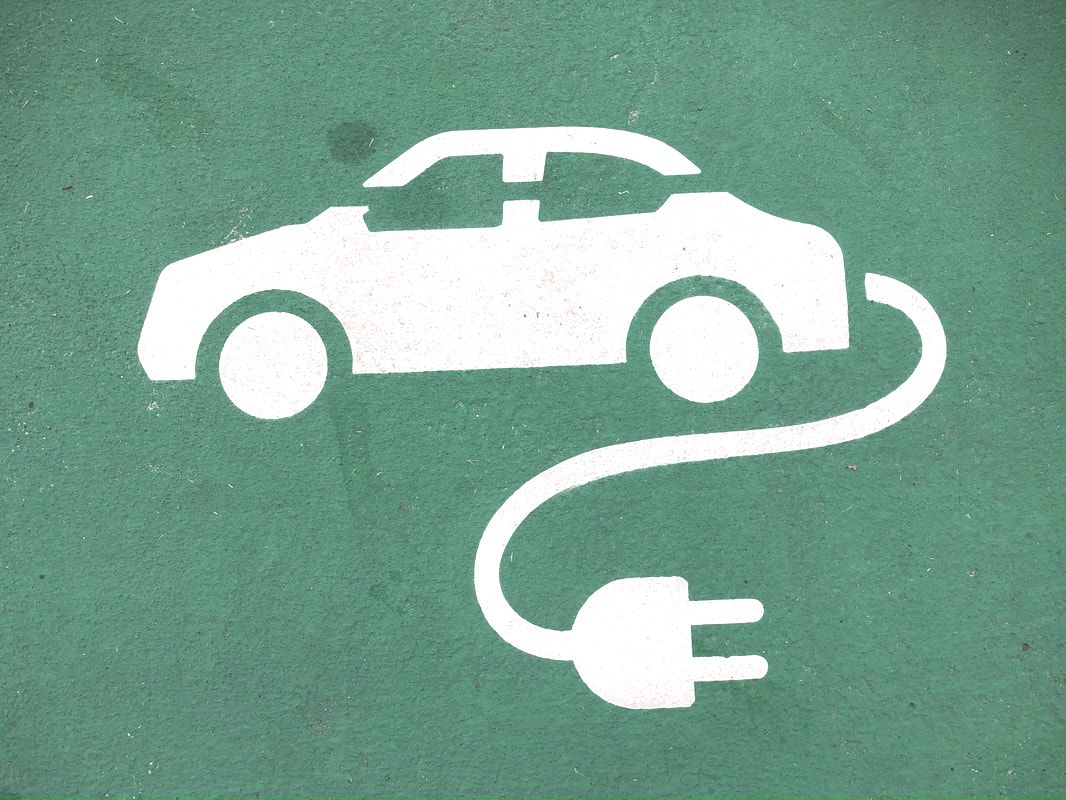|
Today (11/02/2022) Ecohub has launched the "whole of business" management system, developed as a risk-based platform, facilitate rapid and responsible business growth towards an economic, social and environmentally sustainable future. Toby Roscoe, EcoHub's Sustainability Manager says "The EcoHub ISMS uses a combination of lean management principles, risk analysis and controls, and continuous improvement principals, aligned with ISO 31000, ISO 14001 and ISO 9001, to achieve a fully integrated system for sustainable business management". EcoHub has created the standardized ISMS that will enable corporations to tackle diverse challenges, such as climate change and transition to renewable resources, while at the same time increasing their economic viability.
The implementation of ISMS lays a stable foundation stone from which a business can develop a system for working effectively in the new era that demands sustainable business management and rapid growth towards targeted sustainability goals. The new ISMS is currently being piloted by EcoHub, but will later be available to our clients, providing a risk-based process, which enables simplification of sustainability target setting and creating a corporate roadmap for achieving sustainability, now and into the future. For more information please email info [at] ecohub.com.au
Sir David Attenborough yesterday gave a powerful and moving speech at the 26th United Nations Conference of the Parties (COP 26) to the Framework Convention on Climate Change (UNFCCC), aimed at convincing World Leaders to turn words into action to solve the climate crisis. In this video Sir David succinctly describes a short history of Earth's climate and its relationship to global atmospheric carbon levels, explaining the climate science to the Delegates at COP 26. He goes on to explain the growth of the human population over the last 10,000 years and the relatively recent ability of humans to influence the climate through our use of hydrocarbons and destruction of forests. Sir David points out that this negative impact has already begun upset the stability of the climate that that we depend upon for our food production and other essential ecosystem services. This is not a story of doom, however! Sir David rightly states that humans are the greatest problem solvers that have ever existed on this planet. We know the issue, we have the technologies to fix it. This short video is well worth a watch! Whether we are engaging in a high risk activity in a heavy industry, creating an environmental management system, or striving for continuous environmental performance improvement across our organisation, an environmental risk assessment is the tool to use to create a solid, targeted foundation for the process. By being open, transparent, communicative and collaborative in our approach to analysing our systems, it is possible to efficiently focus our resources to implement positive change. This process reduces risk to the environment, people and the business. The first step is to clearly understand and describe the scope of the process being assessed, including the steps of the system, the human factors, and environmental context . This may be used for developing a new product, changing a process, or assessing a current process that has not yet undergone environmental risk management. If you are not currently undertaking environmental risk management for your business systems, EcoHub can help you implement this process, reach out via our contact us page. A key error in risk management is choosing the wrong personnel to describe it. Important steps are often missed, which leads to real hazards not being identified. This is why the International Standard for Risk Management ISO 31000 utilises an inclusive system, in which the relevant stakeholder must be involved, so that the best available information is available to the risk assessment team. For instance, if we are describing the process of placing lubricant into a piece of equipment that operates at a lithium mine, the Managing Director of the business is not the content expert to describe this. The risk assessment team should gather the information from the people who undertake the process on the ground. Environmental hazards, or unwanted events that are likely to have negative environmental impacts, and their effects over a given area and timeframe need to be clearly understood. An environmental content expert is required for this phase of the risk assessment process. Again, this is where EcoHub can provide support to your business, reach out via our contact us page, we have experience in a range of sectors from environmental product development through to mining rehabilitation. We can risk rank these environmental hazards in terms of severity and allocate controls as appropriate. Where the expertise and collaboration of a multidisciplinary risk-assessment team begins to add value to an organisation is during the control design process. Managing risk is about creating and maintaining value. For us this is the part where the magic happens, you can feel a buzz in the room, people's ideas begin to mesh in a system of positive transition, from the old process, to a new, more balanced and sustainable one. Excitingly, we have recently been asked to use the risk management process to develop completely new environmental products and services in innovative environments that will have sustainable outcomes for our partner organisations. This trend is sweeping businesses because we now realise that transition to a sustainable future is crucial for business survival and growth. At a basic level, we can evaluate a system, if it is unsustainable it cannot continue to generate value for a business into the future. It has a shelf life, which potentially is short. That in itself is a driver for business evolution to transition to offering sustainable products and services that can be marketed to add value, potentially over an unlimited timeframe. If you would like to know more about our environmental risk management services, please contact EcoHub at any time via our contact us page.  This report provides the bedrock for hope. By bringing together the latest scientific evidence showing the impacts and threats of the climate emergency, the biodiversity crisis and the pollution that kills millions of people every year, it makes clear that our war on nature has left the planet broken. But it also guides us to a safer place by providing a peace plan and a post-war rebuilding programme. By transforming how we view nature, we can recognize its true value. By reflecting this value in policies, plans and economic systems, we can channel investments into activities that restore nature and are rewarded for it. By recognizing nature as an indispensable ally, we can unleash human ingenuity in the service of sustainability and secure our own health and well-being alongside that of the planet. Making peace with nature is the defining task of the coming decades. We must seize the opportunity presented by the COVID-19 crisis to accelerate change.This year, several major international conferences, including on climate change, biodiversity and desertification, provide an opportunity to increase ambition and action on recovering better and addressing climate disruption. Our central objective is to build a global coalition for carbon neutrality. If adopted by every country, city, financial institution and company around the world, the drive to reach net-zero emissions by 2050 can still avert the worst impacts of climate change. Report available here. |
EcoHub Pty Ltd | Sharing Sustainable Solutions Since 2005
ACN 644094566
ACN 644094566


